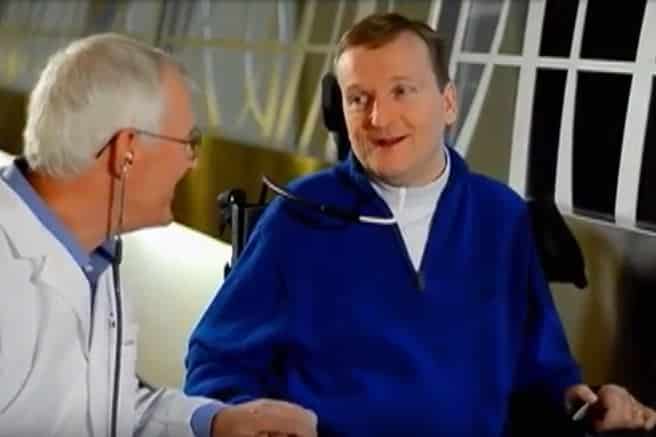Thoracic Implantation
Thoracic Approach
The thoracic approach involves a small (5-7 cm) incision made between a pair of ribs so that the phrenic nerve can be isolated alongside the heart. The surgeon places the electrode under or near the phrenic nerve and sutures it in place. The receiver is then placed just under the skin, usually from within the same incision. The thoracic approach can be performed in a minimally invasive manner by using VATS (video-assisted thoracic surgery) techniques. Since a small camera is used to provide visualization of the operative site, the incision can be significantly smaller.
VATS involves the use of multiple small (5-10 mm) incisions instead of one primary incision. Through these incisions, a camera and specially designed instruments are used to visualize the nerve and place the electrode. Thoracoscopic procedures can be performed with standard endoscopic instruments or by use of a surgical robot.
This approach is commonly chosen for the youngest pediatric patients since the anatomy of the neck is not sufficiently developed in these cases. It is also a common approach for patients who are suspected of having nerve damage so that the stimulation can occur below the presumed injury.
The thoracoscopic surgical technique is unique in that the camera allows for direct visualization of the diaphragm while under stimulation.
